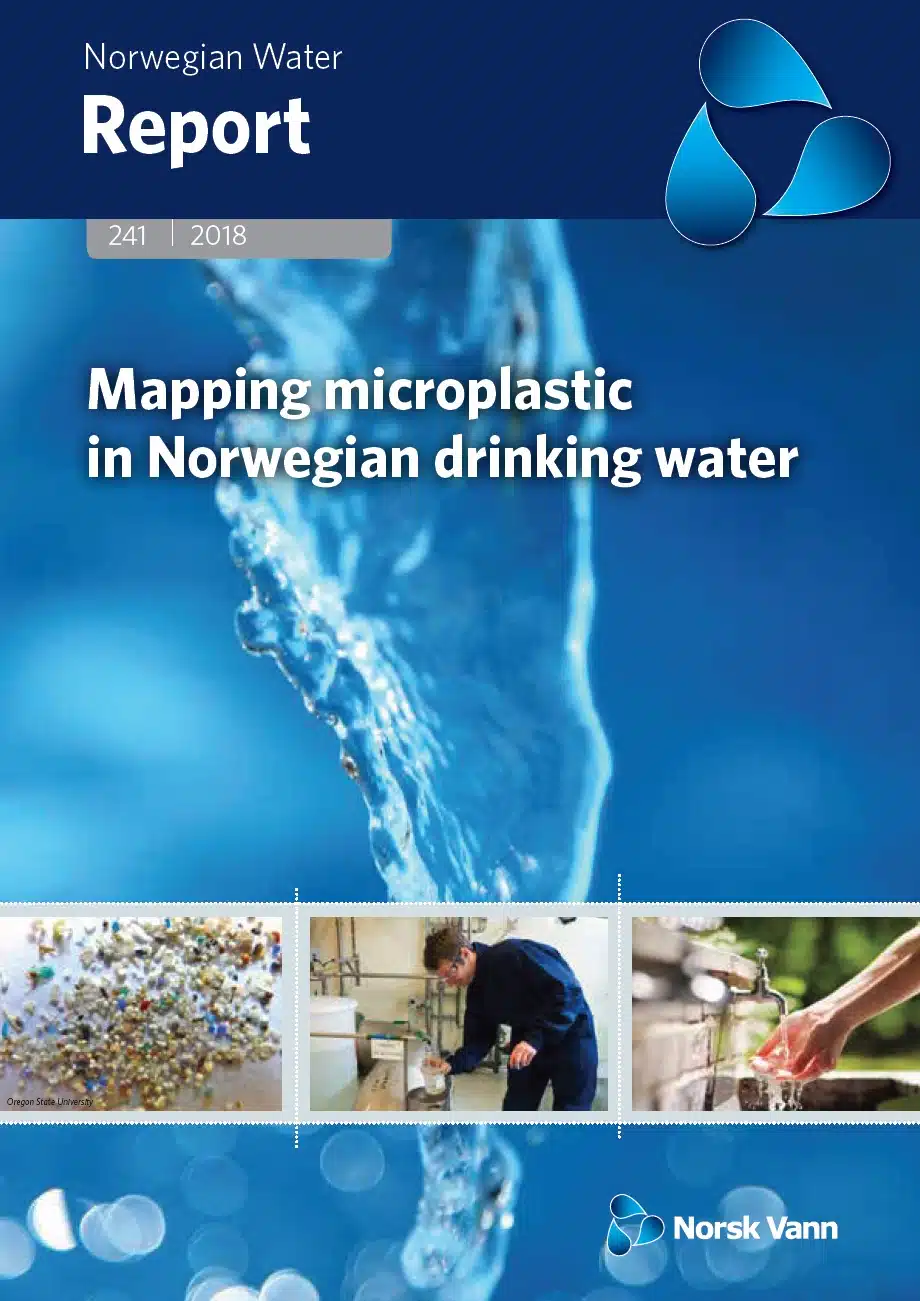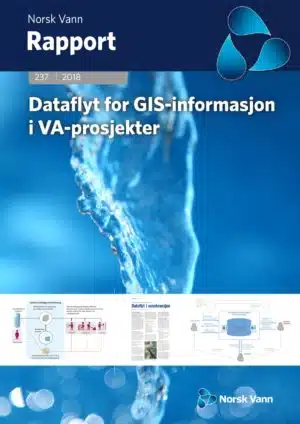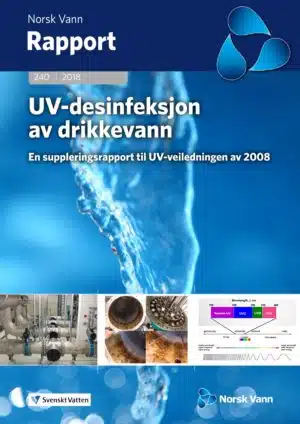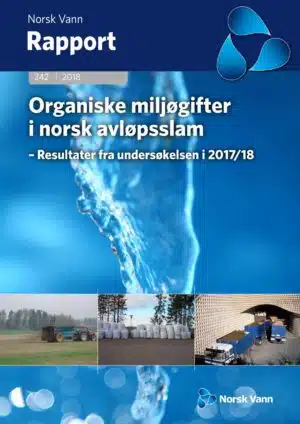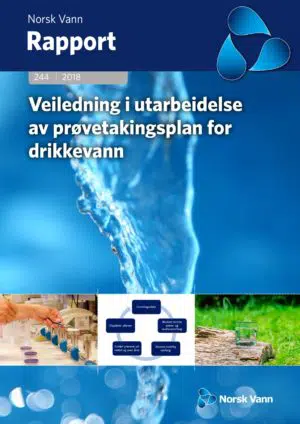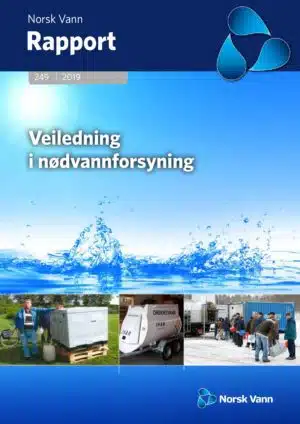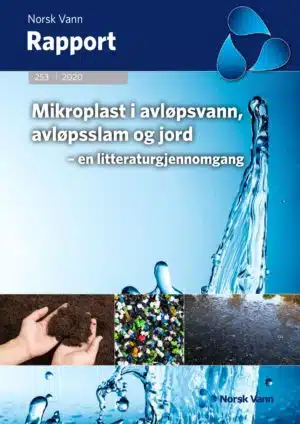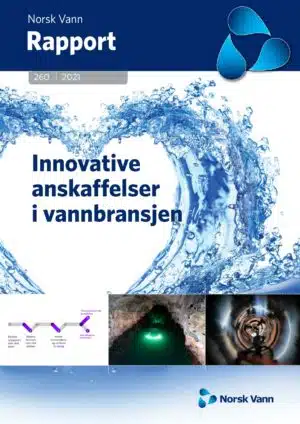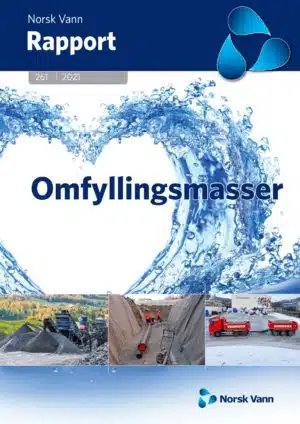A 241 Mapping Microplastic in Norwegian drinking water (digital only)
Report nr. 241/2018
Published: September 2018
Authors: Wolfgang Uhl and Mona Eftekhardadkhah (Norwegian Institute for Water Research; NIVA), and Camilla Svendsen (Norwegian Institute for Public Health)
In the course of the project, 72 triplicate samples from 24 waterworks in Norway and 72 blanks were analysed for microplastic particles. From the findings in this study, it is concluded that concentrations of less than 4.1 microplastic particles per litre should not be given or used for comparison. Whenever analysis is done to elucidate a possible contamination of water, special care must be taken in the sampling and in the conductance of the analysis. Furthermore, the limits of detection and of quantitation must be taken into account in the design of the experiment, the sampling, and in the decision about the number and volume of samples to be analysed.
In the current study, no microplastic particles could be detected or quantified in the drinking water of the 24 water works who participated. They had been selected since their drinking water sources were anticipated to have the highest probability for all Norwegian water works to be polluted with microplastic particles.
Conclusively, it is very likely that microplastic particles cannot be detected in any drinking water in Norway. There is the small possibility that the drinking water in Norway contains microplastic particles at extremely low concentrations below the detection limit. However, these low concentrations do not provide a health risk.

